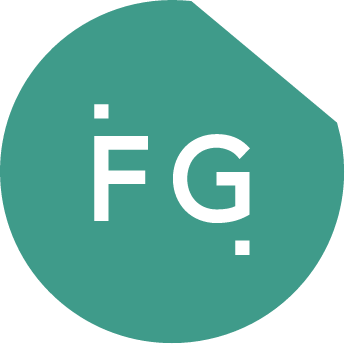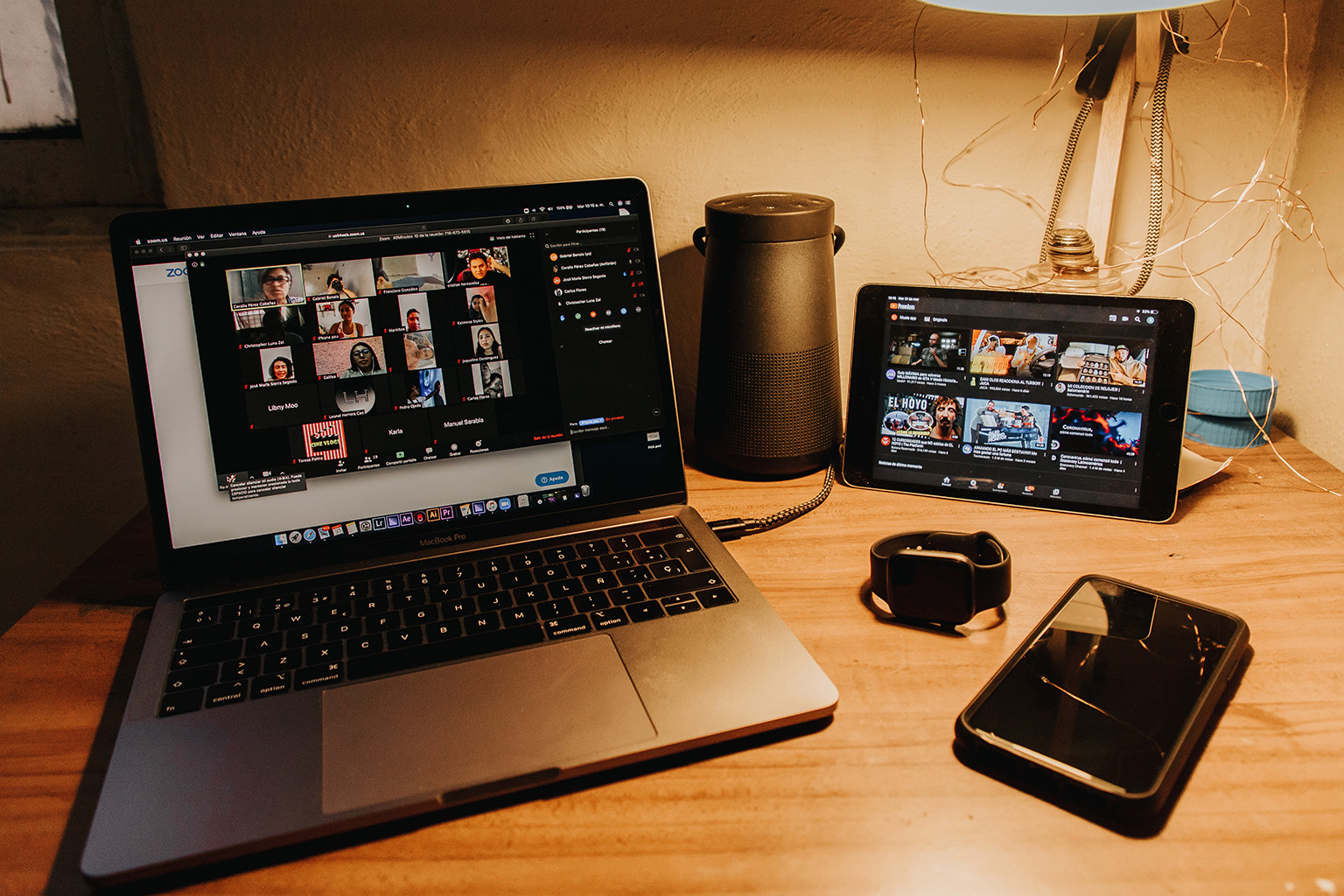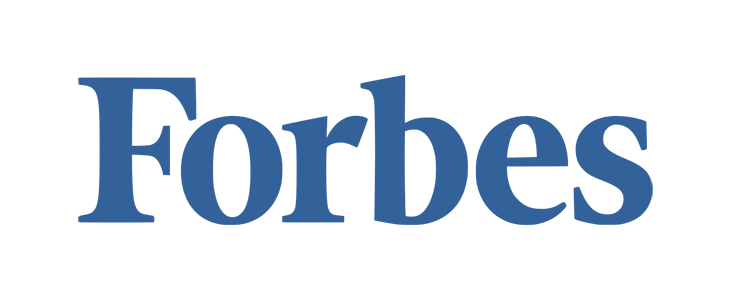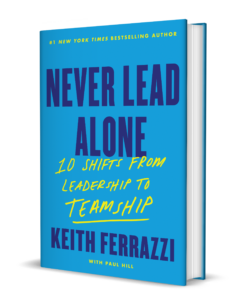To transform team collaboration you need a new set of practices that fit the virtual environment rather than port tired old methods into remote meetings. Wrong-headed research says remote work does not work based on companies who were doing it wrong. With Verizon, Dell Technologies and Harvard Business School, we are going to give you a guide to do it right.
Today’s thinking about remote work and virtual teams returning to the office is full of wrong-headedness and academic research that looks at failed use cases rather than best practice.
Most of us are still locked into the idea that the best form of collaborative interaction to achieve fast and bold, transformational outcomes is an in-person meeting. It is not! Many of us feel proud of the productivity we gained in the virtual world in 2020. In truth, the opportunities and tools of remote work were significantly underutilized.
Barely anyone maximized remote working as a unique medium. What we did this past year is throw virtual meetings at every collaborative problem we had. We exported every meeting of 15 people into a room of 15 virtual tiles and followed the same old rules. Just as before, not everyone felt they were being heard in meetings, and we used the same sub-optimal solutions: calling another meeting to give people another chance to be heard, crowding out our already overloaded schedules.
2,000 executives help crack the collaboration code
The truth is that meetings have become our $283 billion habit of wasted time a year. But by fundamentally transforming the way we think about collaboration, we can have bolder innovation and faster cycle time.
Thanks to our applied research efforts with Verizon and Dell Technologies under the banner of Go Forward To Work, and in conjunction with Harvard Business School, we have conducted a ground-breaking exercise with more than 2,000 executives to crowdsource best practices for the future of work.
Introducing The Collaboration Stack
The performance of High Impact Teams is being shaped by The Collaboration Stack: a four tier model for collaboration that is starting to play out across the new work world. Leaders need to deploy new High Return Practices to transform team performance in each layer of the stack — rather than assume one approach will deliver results.
- Asynchronous Collaboration: the starting point of the Stack. How much work can your team get done without needing to meet? How many decisions can be made quickly? How much deep focus can individual team members give to collaborative tasks in their own time frame?
- Remote Collaboration. What are the optimal practices when everyone is working remotely in real-time together?
- Hybrid Collaboration. What are the High Return Practices when some people are in the same location, some people are working remotely, but everyone is working on the same collaborative goals?
- Physical Collaboration. What are the optimal practices for a physical meeting when everyone is co-located in the same office?
- Serendipity. How do we ensure that the unexpected conversations that spark great ideas — chance meetings with someone from another team or another business — can happen in any environment?
Different tools and High Return Practices are needed to optimize performance of each layer of the Collaboration Stack. With a suite of proven High-Return Practices, this whitepaper cracks the code of layer #2: remote collaboration to unlock innovation and accelerate transformational results.
2020: the Great Laboratory for remote practice
Data we have tracked since 2000 on the performance of high versus low performing teams shows that meetings have always been a broken forum for collaboration:
- 74% of team members in traditional meetings are conflict avoidant. They do not speak up with the courage and candor that is necessary to mitigate risk in projects or spark the bold thinking that ignites innovation.
- 72% of team members do not believe that they and their peers collaboratively engage in the most important business problems.
- Only 20% of team members believe their teams are reaching their full potential.
In 2012, we began research on remote work and designed a new suite of interventions around the core attributes of high-performing hybrid teams:
- Collaborative problem-solving in a real business context
- Eliminating conflict avoidance and increasing candor
- Building mutual commitment and support
- Establishing peer-to-peer accountability—“winning together”
- Realizing the team’s potential to deliver transformational results—it takes as much time to be 10x as 10%
We shared our findings and the interventions for hybrid teams in Harvard Business Review under the banner “New People Rules in a Virtual World.” The 2020 pandemic was the Great Laboratory for remote work—an opportunity to see the impact of our interventions. We tracked a three-to-four-fold lift in the key indicators of team performance. Companies like NI, formerly known as National Instruments, saw a dynamic shift in a short matter of months:
- 79% increase in candor
- 75% increase in development
- 46% increase in collaboration
- 44% increase in accountability
Eric Starkloff, CEO, National Instruments said:
“The tangible change has been the ability to escalate and make critical business decisions faster, and ones that stick, because the process is collaborative and therefore the buy-in is higher. In the past, we thought collaborative decision-making and fast decision-making were at tension … There’s no way we would have been able to react with the sort of speed and get the sort of buy-in we see today. It was a breakthrough and realization that there are ways to run a remote forum that are motivating, create energy, and accomplishment.”
Interventions for High-Impact Remote Teams
Our benchmark is the optimal relational dynamics for high performance: a pattern of highly collaborative behaviors I call Co-Elevation.
Old notions that do not serve the world we live in today need to be left behind. We need to go beyond cooperation that slips into collaboration when necessary. For high-performing teams, the objective is to create a dynamic of constant and unbounded co-creation, one in which interdependent team members share responsibility for crossing the finish line together. They must share accountability for each other’s results, and pick each other up when they need help. These relational dynamics can be engineered by adopting a series of High-Return Practices designed to nurture psychological safety and build trust.
Sweet and Sour
Some people think that trust is something that can only happen organically or accidentally or chemically. No, it can be engineered purposefully. And once achieved, collaboration can be unleashed, candor can be unleashed and so too peer-to-peer accountability. It’s systematic and it’s iterative, but it is critical to remote work because this can be the first thing that’s eroded when people don’t see each other.
Solving breakdowns in professional trust is built on reputation, personal trust is built on values, and structural trust is built on organizations, positions, and hierarchies. The critical components are openness and empathy, and the bridge is vulnerability and sharing. The methodology we use is called Serve, Share, and Care.
- Serving is a team agreeing to be committed and to be of service to each other. Leaders have to open generosity among the team—being generous to others is the fastest way to accelerate your own success.
- Sharing taps into one another’s humanity. We work so much better as tribes, a tribe of people that are truly committed to each other. I may not be exactly like you, but if I walk in your shoes through sharing, I can be empathetic. Empathy is what builds that relationship. The last one is care. What’s most important is that you tell your team that to care about each other is really a choice. And it’s something that if everybody says that they will grow to care about each other, that means that they will grow to ask questions and be curious.
- Caring is a choice people make.
But you can make this method systematic with a practice called Sweet and Sour. Ask everyone before the meeting begins to share something sweet and something sour in their lives. The sweet you share could be something simple, like an achievement by a child or anticipating a friend’s visit from out of town. The sour could push for greater vulnerability, however, like a loved one in the hospital, or a challenge with a child or spouse.
During the pandemic, we saw vulnerability and authenticity being shared in virtual environments from leaders in so many companies that bonded us and opened trust and acceptance that did not exist at these levels before.
Personal-Professional Check-in (PPC)
In the same spirit as Sweet and Sour, you cannot really operate at the full potential of your team relationships if you do not know what is on your teammates’ minds. Whether you are starting a meeting or just having a phone call with someone you have not spoken to for a few days, a quick alternative is a personal-professional check-in (PPC) at the start. Ask these two questions:
- What is going on personally with you?
- What is going on professionally?
Miracles of service and commitment happen out of such conversations once teammates feel invited to share their lives with each other. In a physical meeting, the PPC is a powerful practice for building the bonds of commitment.
Candor Breaks
Candor breaks are the best way to discover what is being held back. Pause the meeting during brainstorming sessions to ask the team, “What’s not being said?” Ask for a candor break, then go into breakout rooms to ask that same question. Breakout rooms are one of the most powerful tools of video call/conference platforms like Verizon’s BlueJeans or Zoom. Open a Google Doc, Mural Sheet, or shared Word Doc in each breakout room, then share them with the whole group when you meet back in the forum.
Collaborative Problem Solving
Collaborative Problem Solving (CPS) takes a single business-critical question and makes it the focus of a 60-90 minute meeting depending on the complexity of the discussion and how much time in the breakout room. Craft the question carefully. For example:
- Prioritizing: What are the most important hills we need to take in the coming year?
- Finding bold innovation: What innovations could we bring to our retail experience?
- Mitigating downside risk: What will derail us in the next six months?
Everyone preps by drawing in data or insight from their wider teams. Everyone is also clear on who will make the final decision, on who “owns the question.” The aim is not consensus; it is robust dialogue. If that is the set-up, there can be no resentment if one idea is picked ahead of another.
The most powerful element of CPS is the breakout room. For half of the session, the team breaks into small groups of three or four people to discuss the question and report back. In these small groups people have more courage. They will self-critique and weed out weaker ideas.
When groups return to report back, our research institute has found little evidence of dilution of courage or candor; we estimate no more than 15% dilution at most. The temporary tribes that have formed in the breakout rooms form a bond which would make them lose face if they watered down their discussion too much.
The question-owner gives instant feedback. A clear yes, we will do that, no and here is why not, or maybe we will look at this with more research. The collaboration must be action-oriented.
Bulletproofing
For many years, I have railed against report-outs in meetings as the greatest waste of valuable real estate; a collective team of bright minds sitting around reading to each other and not really listening because the social contract was to not get too critical of each other, stay in our swim lanes. Most teams coexist and only collaborate when they need to get something from one another and slip back into co-existence. In response, I introduced a High-Return Practice called Bulletproofing which made the team commit to a new social contract: everyone had to sit up and listen intently because they would all have to break into smaller groups to challenge and point out risks, offer innovations, offer help.
Bulletproofing is when one team member presents a business strategy they’ve come up with to the team for feedback and constructive criticism. In a virtual world, it is simple and easy to do this.
At the push of a button, teams can be sent into groups of three for 5-8 minutes where they open a Google document (form if you want individual feedback credited and logged for follow-up). We’ve worked with many companies that use agile teams and we bolted Bulletproofing on the end of each sprint as a way to assure the standup or sprint report was thoroughly roughed up and discussed by the team. Companies who have done Agile for many years see this as a huge innovation.
Teaming Out
Teams should be fluid and set up based on the problems that need to be solved rather than grouped around who reports to whom. Using this as our guiding principle, we’ve coached virtual teams to invite in the right expertise—what we call Teaming Out.
They don’t stop at organizational boundaries or silos, but draw in talent from across their organization and guests from outside to collaborate in real-time. Teaming Out starts with the awakening: who is on my team? Which simply means, who do I need to solve this problem? It’s thinking beyond the tight inner circle of a team for bold innovations.
Teaming Out then moves to crowdsourcing collaboration internally, to developing co-elevating partnerships with suppliers and customers, to coaching collaborations with trusted counselors in your executive and entrepreneurial network. Why not bring in leading experts from around the globe for five or 10 minutes to deliver bite-sized insights and expertise? In a remote environment, all of this happens online where everything can be recorded, documented, captured, and shared, in real-time allowing for true peer-to-peer transparency and accountability. No more than ever we can go big, bold and global.
Virtual team size: the Ferrazzi Number
After carefully observing the impact of team size on collaboration, candor, and psychological safety in virtual environments for more than a decade, we counsel not letting virtual breakouts exceed five members.
Today, when teams tackle strategic business issues or stress-test bold new ideas using practices such as Collaborative Problem Solving or Bullet Proofing, it’s best to use smaller groups of three or four.
Smaller groups are ideal to create the psychological safety needed for complete and fluid conversation and extraction of everyone’s point of view. You need to be sure there is time for each voice to be heard, particularly given the propensity of introverts to allow extroverts to dominate.
With each additional member you add to the virtual room, productivity and communication. As an upper limit, five is the Ferrazzi Number for virtual discussions.
Now, compare this to the body of research on the optimal size of physical teams, for example work by Robert Sutton, professor of organizational behavior at Stanford University, and the answer is seven. It is certainly the case that in a physical meeting there is an increased intimacy created by the “social chemical connection” or “physical chemical connection.” But it is also true to say that intimacy can be engineered in a virtual environment through our High-Return Practices. Empathy and close team bonds can be forged by showing vulnerability through practices like Personal Professional Check-in and Sweet and Sour. Using virtual breakout rooms and Candor Breaks helps introverts speak up in a way that they may not in physical settings. In short, we do not believe that for the sake of collaborating on bold decisions that physical meetings are innately better.
To date, our evidence suggests that physical meetings may only be better suited for social connections. Even traditional physical creative interactions like whiteboard and brainstorming sessions are being rendered in virtual environments in ways that offer advantages to office spaces. The social-chemical advantage of physical proximity may not be as large as we tend to believe. Our research is ongoing.
Turning off the mirror effect
In a virtual environment, the “mirror effect” poses an additional challenge—because we spend more than 30% of our time looking at ourselves on screen it diminishes our connection to others and creates an increased sense of fatigue. Hiding self-view in a short break-out session with three people can be a powerful forum for ideas.
Everyone else sees you but you don’t have to look at yourself. Now you can focus more deeply on the conversation and the people speaking. We have found that this simple shift is a gamechanger for most people.
Becoming a High Performing Team in the Remote Work World
Adapting to remote collaboration was no shock to the highest performing teams. They were already operating to a set of relational dynamics that allow bold ideas to flourish in an environment of candor and collaboration. They use remote technology — such as break-out rooms — to accelerate innovation and transform performance. Today, as we move into a new hybrid world of blended teams—a mix of remote and co-located team members—there is an opportunity to learn from their experience. Adopting High Return Practices is the first step to becoming a High Impact Team in the Remote Work World.






